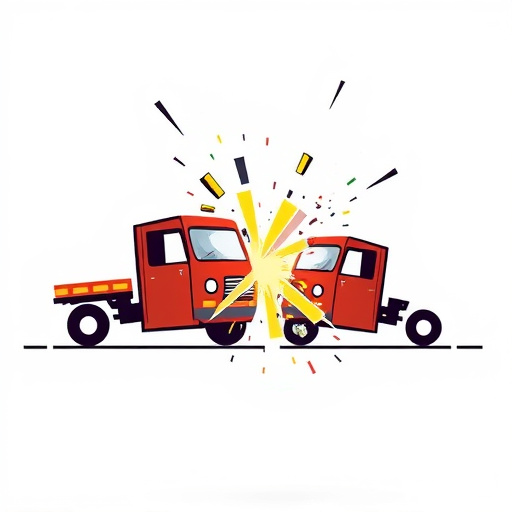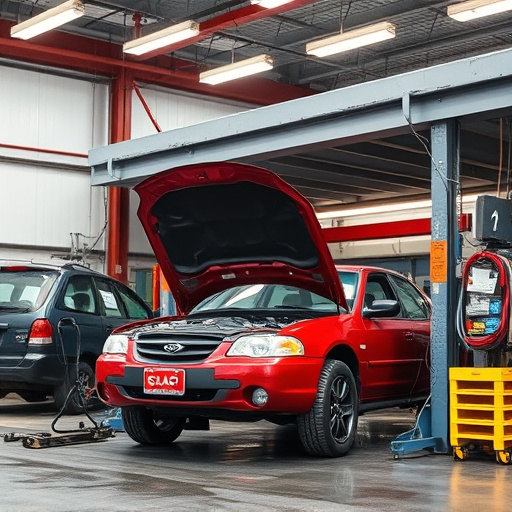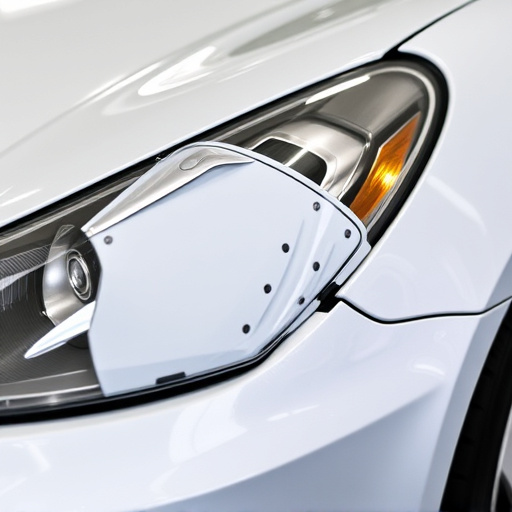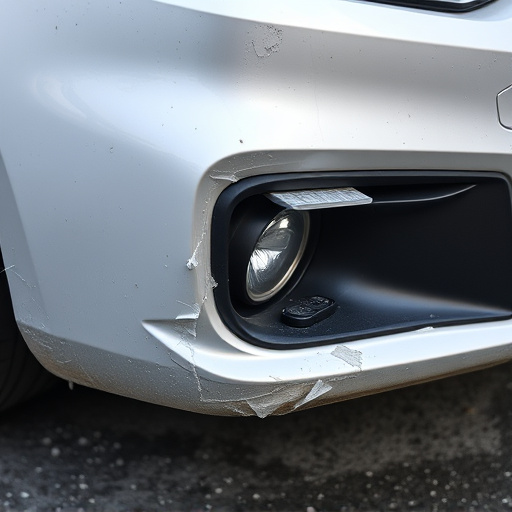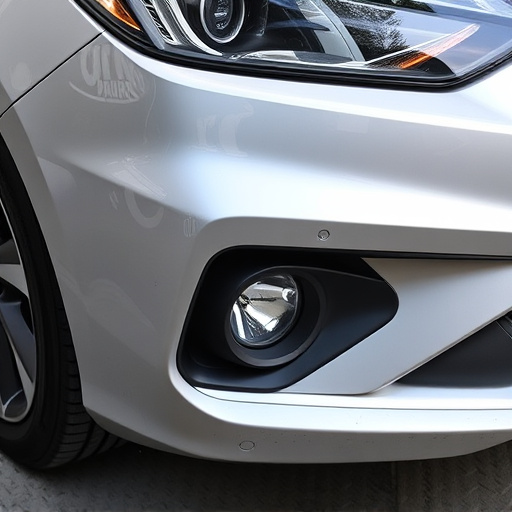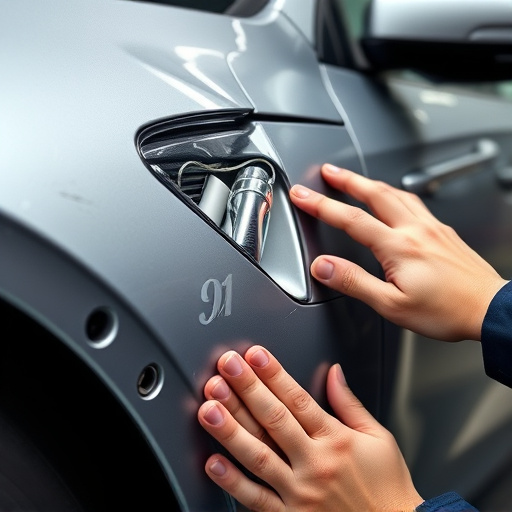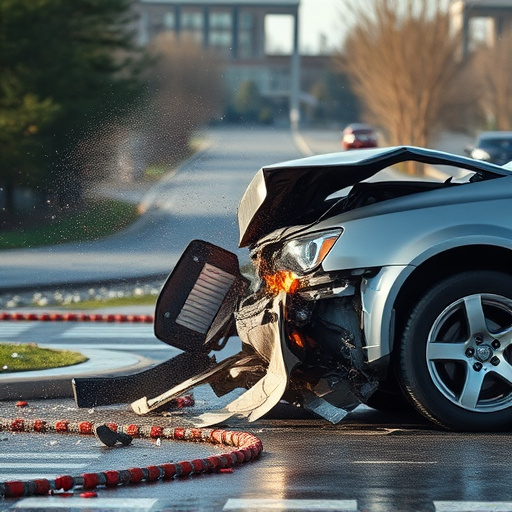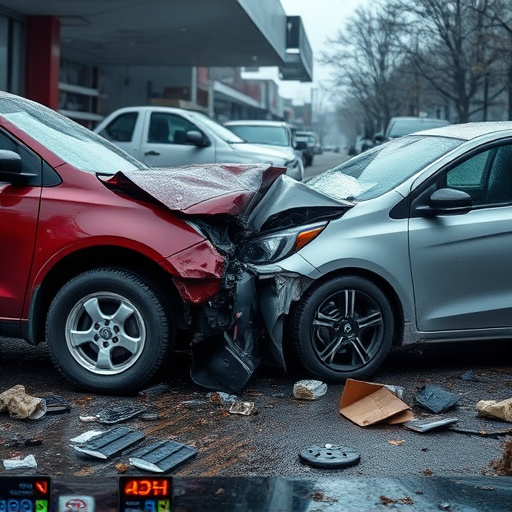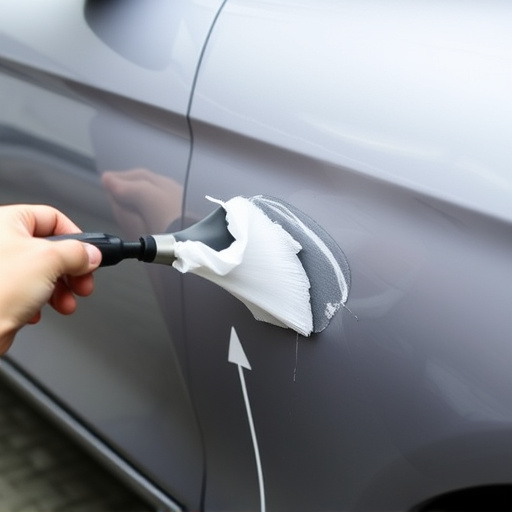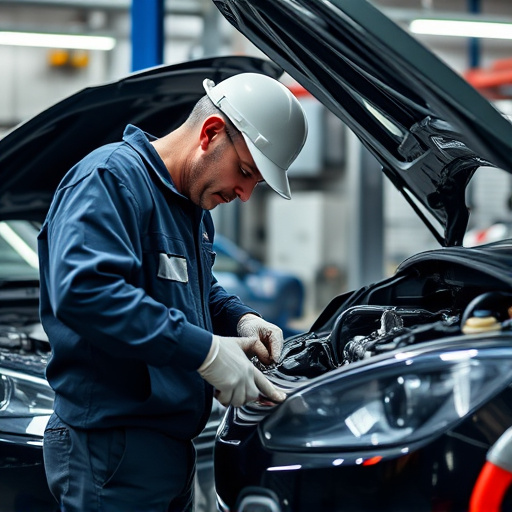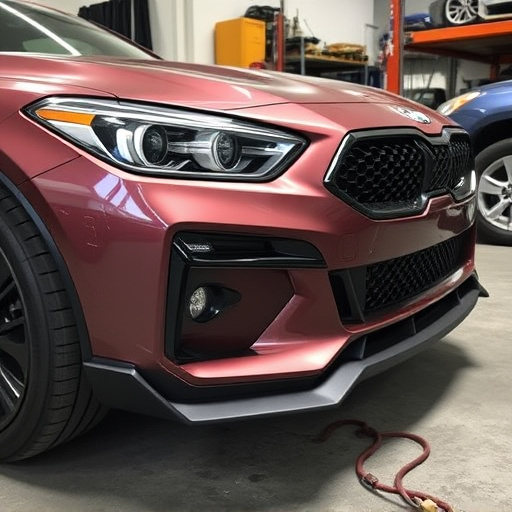Metallic paint repair begins with meticulous surface preparation. This involves cleaning and addressing issues like rust or damage to ensure a smooth, contaminant-free base. The process uses specialized cleaners, sandpaper, primers, and precise-match paints for optimal adhesion and long-lasting, high-quality results, enhancing the vehicle's bodywork aesthetics and protection against environmental factors.
In the realm of automotive aesthetics, metallic paint repair is an art that demands meticulous preparation. Proper surface prep is key to achieving a seamless, durable finish. This article delves into the crucial elements of getting your metal ready for paint, ensuring a professional result. From understanding the significance of surface preparation to mastering sanding and cleaning techniques, we guide you through each step, empowering you with the knowledge for effective metallic paint repair.
- Understanding the Importance of Surface Preparation
- The Essential Steps for Sanding and Cleaning
- Applying the Right Techniques for Metallic Paint Repair
Understanding the Importance of Surface Preparation
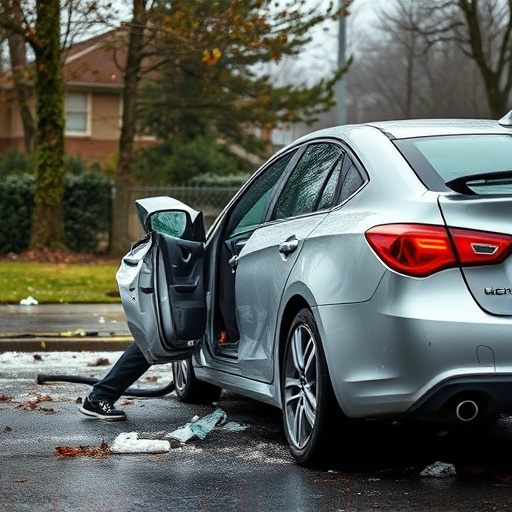
In the realm of metallic paint repair, surface preparation is no mere step—it’s a crucial foundation that ensures the longevity and quality of the final restoration. Before applying any new coat of metallic paint, understanding and meticulously preparing the existing surface is paramount. This involves thoroughly cleaning the area to remove dirt, grease, and previous layers of paint or debris, as these contaminants can compromise adhesion and lead to premature fading or peeling.
A well-prepared surface not only enhances the aesthetics of the metallic paint repair but also strengthens its structural integrity. Proper preparation includes addressing any issues like rust, pitting, or damaged components, which are common in vehicles that have undergone previous repairs or been exposed to harsh weather conditions. This meticulous process is a game-changer when it comes to achieving a seamless, vibrant finish—a key aspect of professional car paint services and vehicle paint repair, ensuring not just visual appeal but also the protective barrier against environmental factors for the underlying metal, thus extending tire services’ lifespan.
The Essential Steps for Sanding and Cleaning

Before any metallic paint repair can begin, proper sanding and cleaning are crucial steps that shouldn’t be overlooked. Start by thoroughly inspecting the damaged area to determine the extent of the issue—whether it’s a small dent, scratch, or a more extensive bumper repair. Once identified, use the right sandpaper grit to gently buff away any imperfections on the surface, creating a smooth base for new paint. This process is essential in achieving a seamless finish.
After sanding, a deep cleaning is necessary to eliminate dust particles and grease that may interfere with adhesion. Use a dedicated cleaner or solvent to wash the area, ensuring every trace of contaminant is removed. For automotive body work, this step might involve using compressed air to blast away any stubborn debris. Proper preparation guarantees that your metallic paint repair will be long-lasting and visually appealing.
Applying the Right Techniques for Metallic Paint Repair
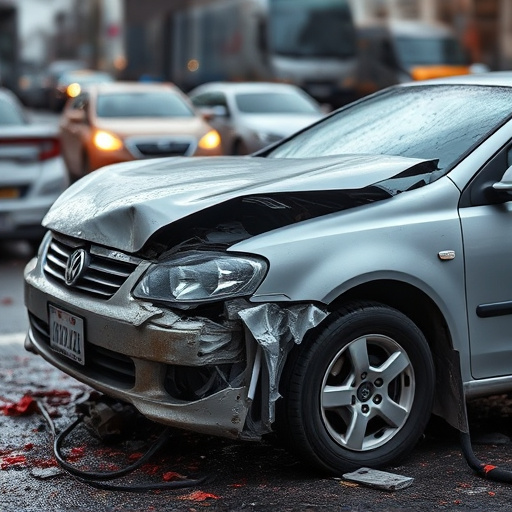
When undertaking metallic paint repair, it’s crucial to apply the right techniques to ensure a professional and durable finish. The initial step involves thorough preparation of the car bodywork, which includes washing and degreasing to remove any dirt, grease, or existing loose paint. This fundamental process ensures that the new paint adheres properly and creates a smooth surface for application.
For effective metallic paint repair, using appropriate tools and materials is essential. This involves utilizing specialized primers designed for metal surfaces, as well as high-quality paints that match the vehicle’s original color precisely. Applying these correctly with even strokes and minimal overlap helps to achieve a seamless finish. Proper techniques also encompass allowing adequate drying time between coats to prevent bubbling or uneven application, ultimately resulting in a flawless and long-lasting auto maintenance solution for your car bodywork.
Proper metallic paint repair begins with understanding the importance of surface preparation, followed by meticulous sanding and cleaning. By applying the right techniques, you can achieve a seamless, durable finish that enhances the aesthetics and longevity of metallic surfaces. Master these key elements to ensure top-notch results in your metallic paint repair projects.
